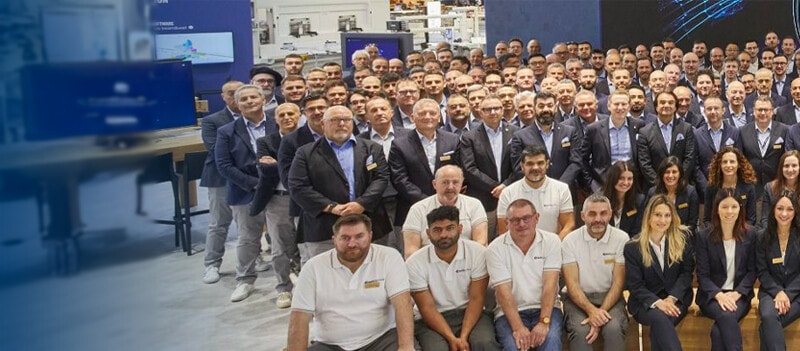
According to the latest report from the International Federation of Robotics, in 2021 alone, more than half a million new robots were installed in every industrial sector, up +31% on 2020. A trend also confirmed by the results of McKinsey's global survey into industrial robotics, according to which, 25% of companies' investments over the next five years will be for automation.
There's a lot of talk about "Light out Factory": are we really heading in that direction? Will we find ourselves with fully autonomous production plants requiring no human involvement?
At Ligna.Stage, Giacomo Montanelli, Automation Product Manager at SCM, spoke about the opportunities and future challenges of this trend. At the heart of this increased use of automation and robotic systems, not just in the industrial sector but also in the service industry, is the scarcity and increasing cost of manpower, combined with the resulting positive impacts of automation and robotics on speed, safety and quality.
Of course, some aspects of the production work lend themselves better than others. Activities like the "Pick and place", "Machine tending" and quality control are already automated and will continue to be the subject of important investments in the coming years.
In any case, points out Montanelli, the rapid advancement of artificial intelligence will offer new potentialities to robotic automation, especially in areas with a high level of variability which will automate processes that up until now have gained no financial advantage from automation.
Improving the recognition of objects with machine-learning algorithms capable of self-teaching from a few key examples, robots capable of programming themselves from a simple demonstration, without complex codes or "semantic" intelligence to allow robots to get the measure of an object's characteristics or a person they are interacting with... These are the main challenges facing industrial research.
In all of this, what happens to the human aspect of our factories? SCM's Smart&Human vision alleviates the burden on the operator of more repetitive and low-value work allowing them to become the "conductor" or "director" of the entire process.